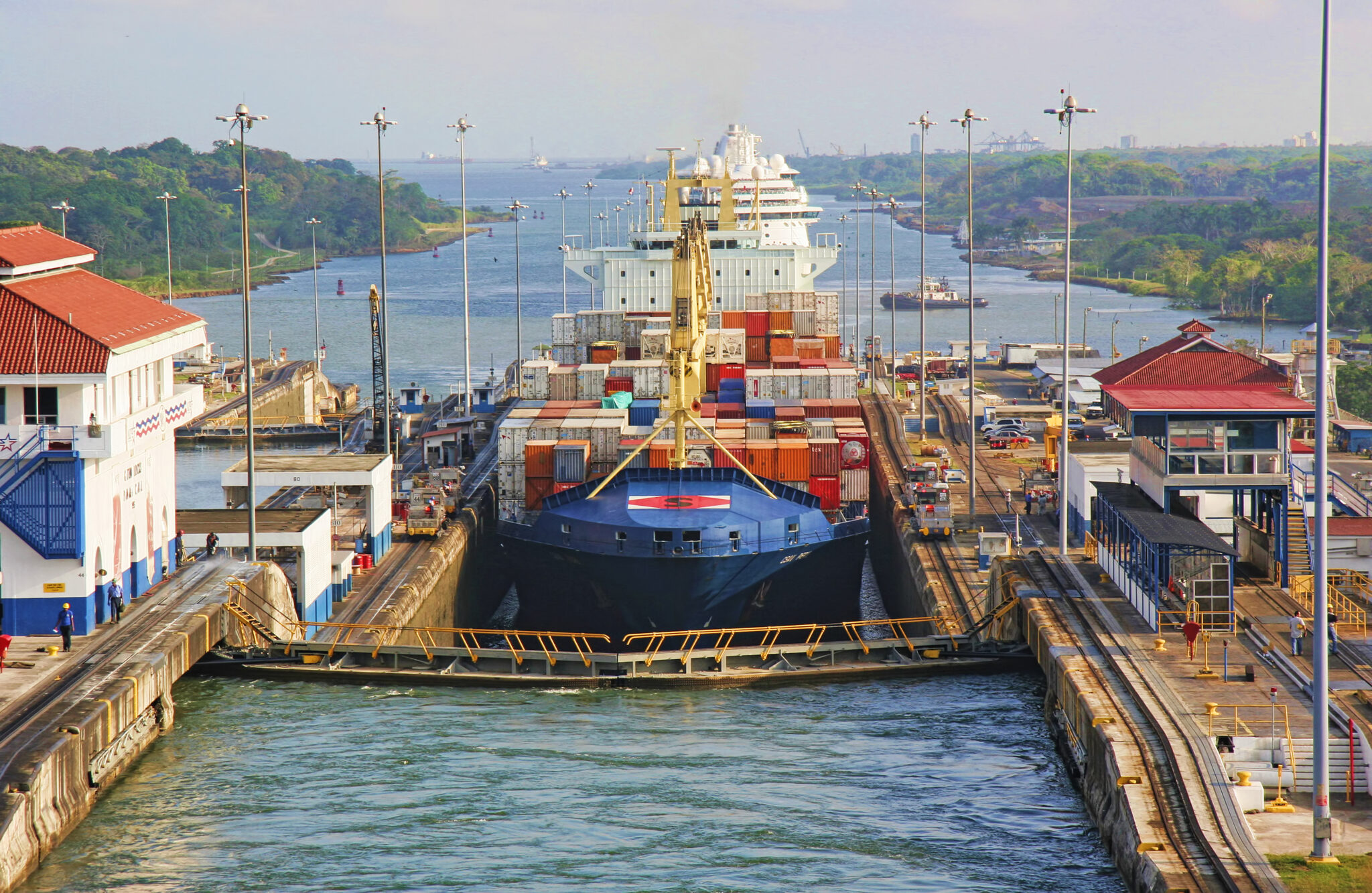Shippingtelegraph: Panama Canal launches new risk-based vessel inspection model
by Shipping Telegraph
The Panama Canal has announced the launch of a new risk-based vessel inspection model which will take effect on October 1, 2025.
As informed, all vessels entering Panama Canal jurisdictional waters will undergo a physical inspection conducted by a canal admeasurer, as currently practiced.
This inspection will be valid for one year.
After this initial inspection, vessels may qualify for digital inspections on subsequent visits to the Canal, provided the following conditions are met: the vessel holds a valid inspection for the intended operation, all visit information requirements are submitted completely and on time, the Naval Inspection Checklist is fully and timely submitted reflecting the current vessel conditions, the vessel documentation is up to date in the system and the vessel’s risk level evaluation indicates that there are no high-risk factors.
The risk assessment will focus primarily on the vessel type, age, deficiency history, flag state, and on the Classification society.
All required inspection information must be submitted via the Panama Maritime Single Window (VUMPA), through the vessel’s shipping agency.
To ensure a smooth transition, training sessions for agents will be held from September 15-19, 2025.
As it is reported, the Operation Services Office will be reaching out to coordinate participation. A familiarization period will be in effect until December 31, 2025. Starting January 1, 2026, it will become mandatory to comply with the required documentation and information.
“We kindly remind you that, regardless of whether the inspection will be conducted physically or digitally, the pilot transfer arrangements must be fully prepared and operational upon arrival for inspection,” the Panama Canal said.
As Panama Canal claims, accurate declaration and reporting of information will facilitate all vessel support services, including provisioning, bunkering, crew change, and any other port call operation, helping to reduce waiting times and significantly minimize the risk of disruption-related charges.
Related Posts




